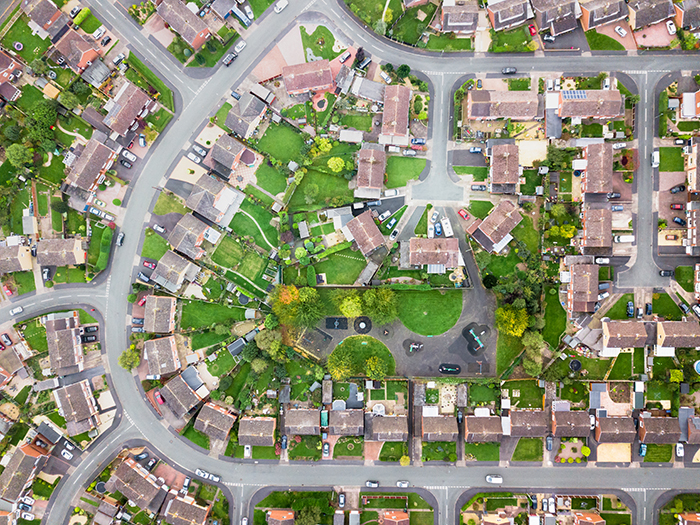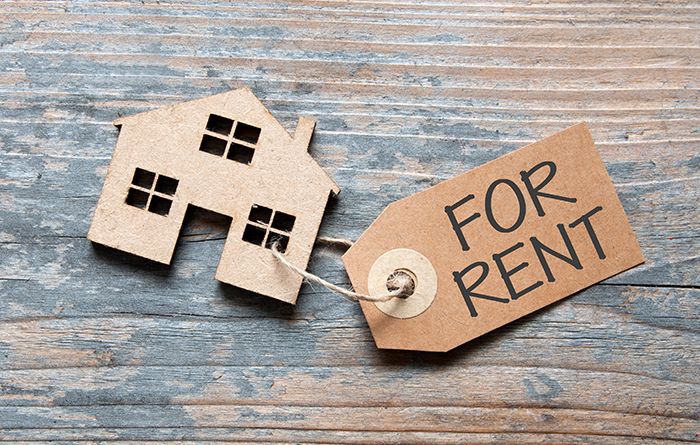
House prices edged up by 0.5% to an average of £337,173 in November, but this blanket picture hides strong regional growth in Wales, and the North West, according to e:surv.
National house price growth is lifted compared to October, which represents an annual increase is 3.8%, says the report by the chartered surveyors.
But beneath this lies strong regional variations.
Wales topped the country, seeing annual house price growth hit 9.6% last month, leading all other regions for the fifth month in a row.
First Minister of Wales Mark Drakeford said there are “too many second homes” in some parts of the region that are affecting communities and causing housing prices to rise sharply, reported Walesonline last week.
The Welsh Labour government is looking at proposals that may include tax increases and stricter planning controls to stem these rises.
The North West was the second-highest growing region with annual house price growth at 5.8%. The area has been in one of the top three positions of the league for the last fourteen months.
Within the North West, the survey says Blackpool again recorded the highest annual house price growth in England, at 13%, “largely due to the high proportion of semi-detached and terraced homes that makes up its housing stock”.
London came second-bottom of the regional list with annual house price growth of 2.6%, only the North East was lower with a 2.1% rate.
E.surv director Richard Sexton says: “Regional performance, or more accurately variation, continues to be the story beneath the headline growth rate in house prices.
“So while we may talk of slowing growth at a national level, regions like Wales continue to out-perform the national story – Wales continues in top place in the annual price growth league for the fifth month in succession.
“The North West too continues to enjoy strong house price growth, and Blackpool again has experienced the highest in that region of 13% – coming off its previous high last month of 16.9%.
“As a piece of context, on a monthly basis the overall growth rate is reducing from a high of 2.7% in September, to 1.2% in October and 0.5% in November.
“The key stimulus factors that have spurred such high growth previously such as the stamp duty holiday and furlough scheme are now no longer supporting the market yet despite this, the imminent arrival of Christmas and the discovery and measures to address the omicron variant, house prices continue to grow, albeit slower.”



